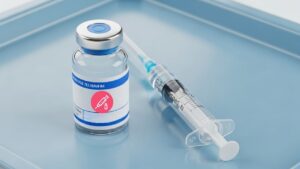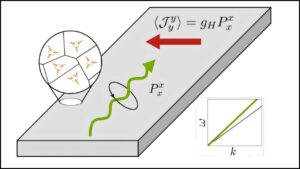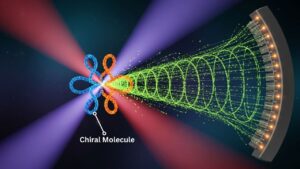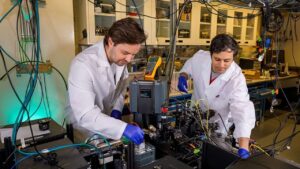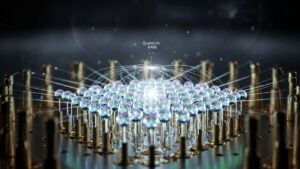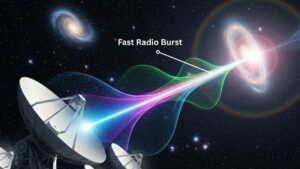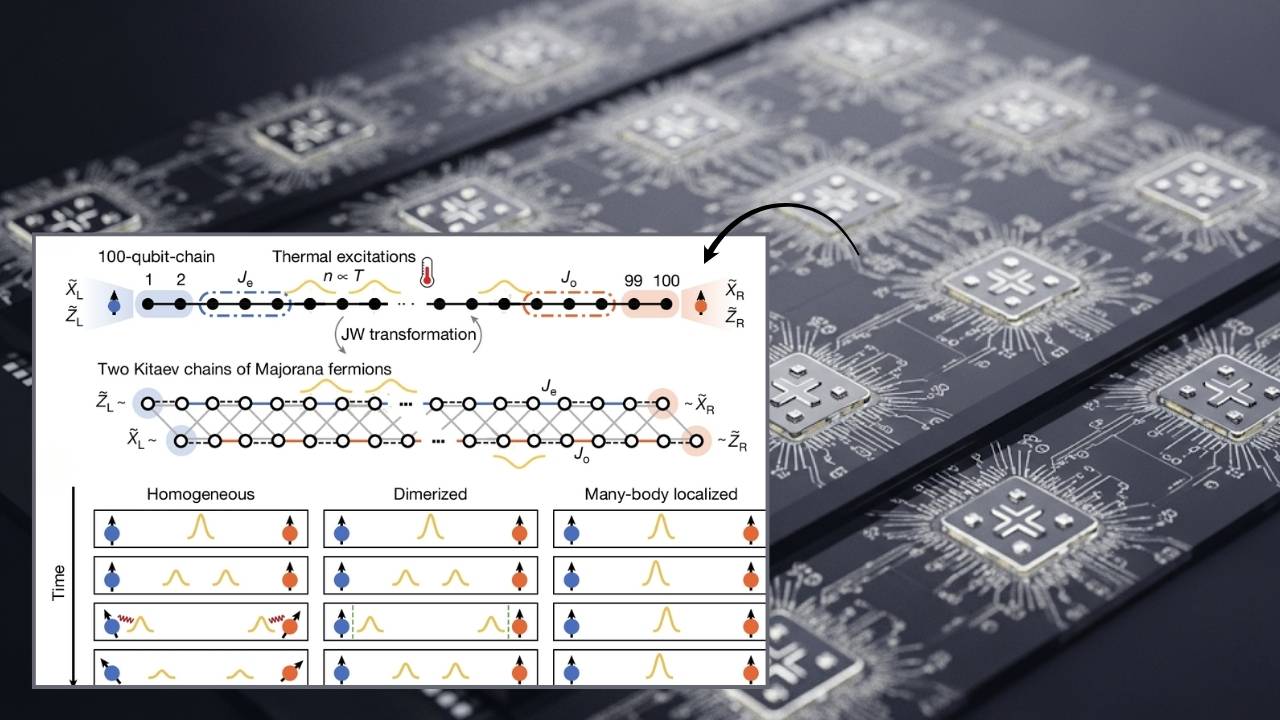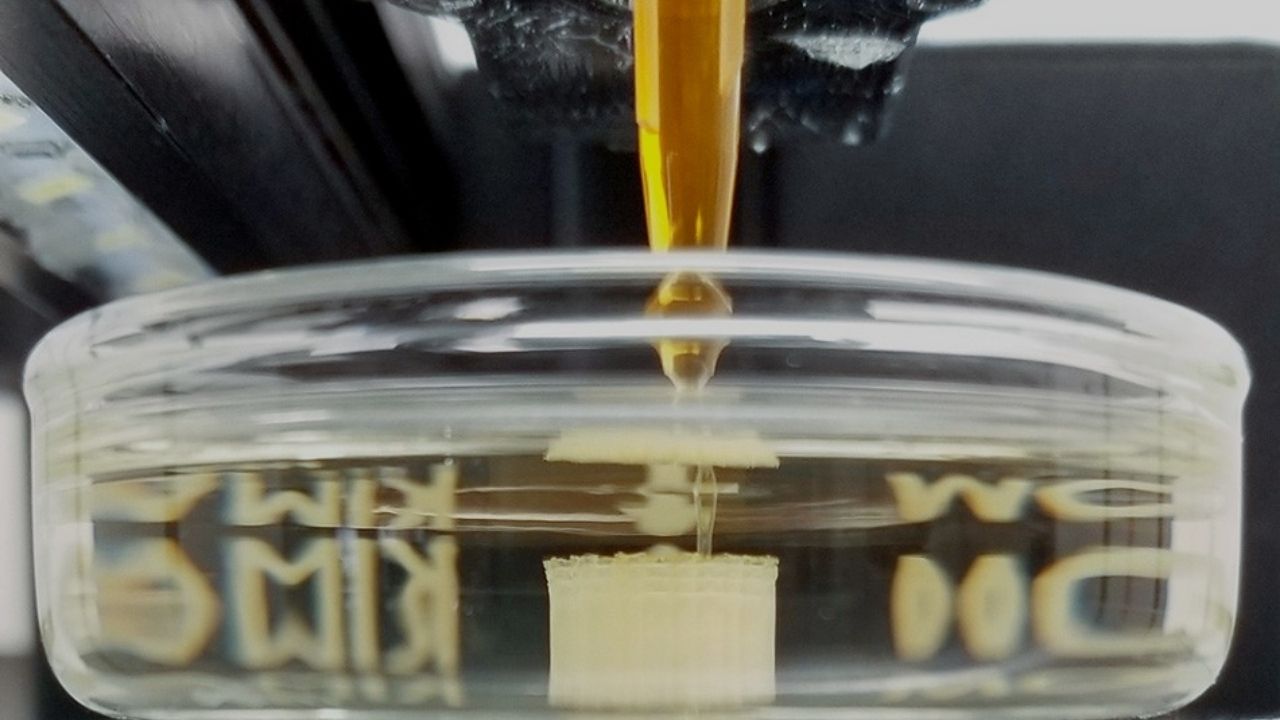Latest Post
This Tiny Iron Catalyst Could Revolutionize the Future of Clean Energy
A new tiny iron catalyst could revolutionize clean energy by making hydrogen fuel production cheaper, faster, and more sustainable. Developed with cutting-edge science, it offers 99% efficiency and long-lasting stability using abundant metals, paving the way for affordable green hydrogen and a cleaner planet.
How MIT’s New AI VaxSeer Could Change How Flu Vaccines Are Made Forever
MIT's new AI system, VaxSeer, is revolutionizing flu vaccine development by accurately predicting dominant influenza strains months ahead. Outperforming traditional methods, this advanced deep learning tool offers a promising future for more effective vaccines and healthier communities globally.
Astronomers Confirm Standing Shocks in Black Hole Flows – A Cosmic Breakthrough
Astronomers have confirmed the existence of standing shocks in black hole accretion flows, unveiling a vital piece of how black holes feed and radiate energy. Using cutting-edge simulations, researchers linked these shockwaves to observed X-ray signals, providing fresh insight into black holes' complex behavior and their cosmic impact.
Scientists Achieve Attosecond Control of Chiral Photoionization – A Quantum Leap Unlocked
Scientists have unlocked attosecond control over chiral photoionization, enabling real-time observation of electron dynamics in molecules with "handedness." This breakthrough harnesses circularly polarized attosecond pulses to measure and control molecular processes crucial to pharmaceuticals, materials science, and quantum technology, marking a new era in ultrafast molecular science.
Scientists Create First-Ever Protein Qubit Inside a Living Cell – A Quantum Leap in Biology
Scientists have successfully turned a natural protein inside living cells into a functioning quantum bit or qubit, enabling quantum sensing at body temperature. This breakthrough ushers a new era where biology and quantum physics merge, allowing unprecedented insight into cellular processes, with promising applications in medicine, nanoscale imaging, and quantum technology.
Quantum Memory Array Brings Us One Step Closer to True Quantum RAM
ICFO's quantum memory array breakthrough brings us closer to practical Quantum RAM by storing and retrieving photonic qubits on demand with high fidelity. This major advancement enables faster quantum networks and light-based quantum computing, marking an essential step toward scalable, real-world quantum technologies poised to revolutionize communication and computation.
Scientists Use Dual-Comb Spectroscopy to Reveal Hidden Atomic Transitions in Rare Earths
Scientists have harnessed dual-comb spectroscopy to discover hidden atomic transitions in rare earth element samarium, offering unprecedented insights into atomic structures. This breakthrough paves the way for advanced quantum technologies and materials science, demonstrating how cutting-edge laser techniques are transforming fundamental atomic research.
Brightest Fast Radio Burst Ever Detected May Finally Unlock a Cosmic Mystery
On March 16, 2025, astronomers detected the brightest Fast Radio Burst ever—RBFLOAT. Traced to a nearby galaxy, this ultra-bright, millisecond radio flash is helping scientists unlock the mystery of these cosmic signals. Leveraging cutting-edge telescopes, researchers have pinpointed its origin, challenging what we know and setting the stage for a new era in understanding our universe.
Breakthrough Molecule With Four Charges Could Supercharge Artificial Photosynthesis
Scientists at the University of Basel have engineered a novel molecule that stores four charges simultaneously under sunlight, a breakthrough advancing artificial photosynthesis. This innovation enables efficient conversion of solar energy into carbon-neutral fuels like hydrogen, unlocking new potential for sustainable and clean energy solutions worldwide.

